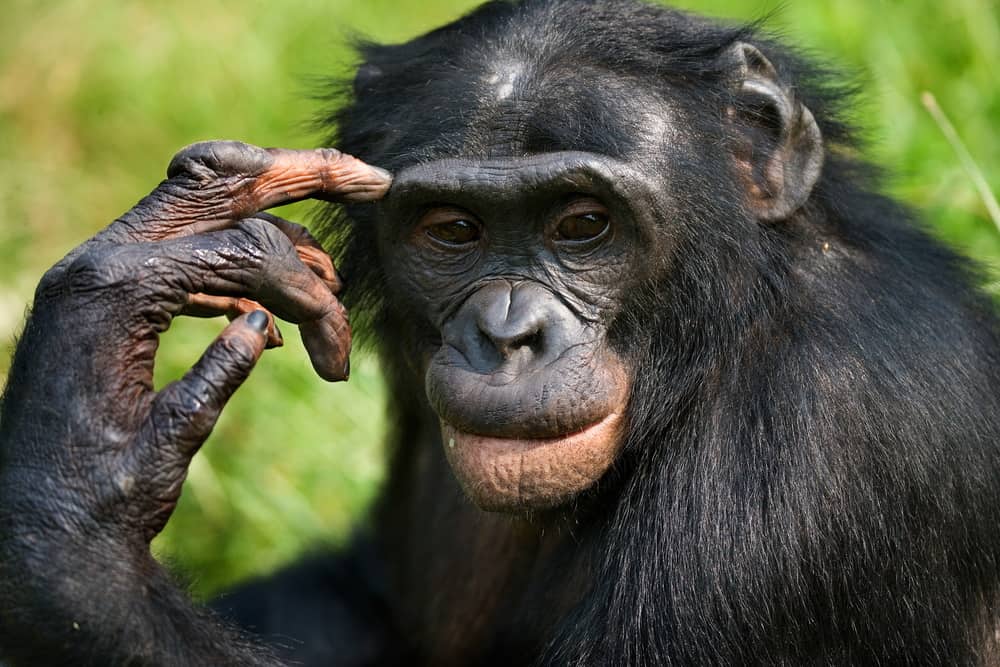The Most Intelligent Animal Species on Earth
The animal kingdom is filled with extraordinary minds, each uniquely adapted to survive, thrive, and even shape their environment. Intelligence in animals is not just about problem-solving but encompasses emotional depth, communication skills, social structures, and self-awareness. From the depths of the ocean to the dense forests and bustling savannahs, certain species stand out for their remarkable cognitive abilities. 
This article delves into some of the most intelligent creatures on Earth, shedding light on their extraordinary capabilities and what sets them apart.
Dolphins Masters of the Ocean
Dolphins are often regarded as one of the most intelligent animals in the world. Their complex social structures, advanced communication skills, and problem-solving abilities are well-documented by marine biologists. These mammals live in pods, exhibiting cooperative behaviors that highlight their emotional intelligence and capacity for empathy.
Communication and Language:
Dolphins use a series of clicks, whistles, and body language to communicate with each other. Each dolphin is known to have a signature whistle, akin to a name, which helps them identify and address each other individually. This level of self-recognition is rare in the animal kingdom.
Problem Solving:
In captivity and in the wild, dolphins have demonstrated problem-solving skills. They use tools, such as sponges, to protect their snouts while foraging on the seafloor. Dolphins have also been observed teaching these skills to their young, indicating cultural transmission of knowledge.
Emotional Intelligence:
Dolphins display empathy and grief. Instances of dolphins attempting to save injured pod members or carrying dead calves have been widely documented, showcasing emotional depth that rivals even some human behaviors.
Chimpanzees – Our Closest Relatives
Chimpanzees share approximately 98% of their DNA with humans, making them our closest living relatives. Their intelligence manifests in their ability to use tools, engage in strategic planning, and exhibit complex social behaviors.
Tool Use and Innovation:
Chimpanzees use sticks to extract termites from mounds and rocks to crack nuts. What makes this remarkable is their ability to select the right tool for the job, demonstrating foresight and planning. Some chimps even modify tools for greater efficiency.
Social Structures:
Chimpanzee societies are hierarchical, with strong bonds forming between individuals. They display political behavior, forming alliances to climb the social ladder or overthrow dominant individuals. This mirrors human social interactions and strategic thinking.
Learning and Memory:
Chimpanzees have impressive memory skills. In scientific experiments, they have outperformed humans in memory tests involving numbers and sequences, suggesting advanced cognitive mapping and recall abilities.
Elephants – Giants of Emotional and Social Intelligence
Elephants are renowned for their memory, empathy, and strong familial bonds. These gentle giants not only possess physical strength but also emotional depth and cognitive flexibility.
Memory and Navigation:
Elephants have an exceptional memory, allowing them to recall distant water sources and navigate vast terrains over many years. This ability ensures the survival of their herds, especially in arid environments.
Empathy and Mourning:
Elephants are known to mourn their dead. They exhibit rituals such as gently touching the bones of deceased family members, standing vigil, and even attempting to cover the bodies with leaves and dirt. This rare display of mourning underscores their emotional intelligence.
Problem-Solving and Cooperation:
Elephants demonstrate problem-solving skills, such as working together to rescue calves stuck in mud or pooling their efforts to obtain food. In captivity, they have been observed using tools and opening latches, showcasing a level of ingenuity that speaks to their intelligence.
Crows and Ravens – The Feathered Geniuses
Birds, particularly crows and ravens, rank among the most intelligent non-mammalian species. Their problem-solving abilities, tool use, and adaptability in urban environments reveal an extraordinary capacity for complex thinking.
Tool Use and Innovation:
Crows create and use tools to obtain food, often bending wires into hooks to fish out items from hard-to-reach places. This displays not only creativity but also the ability to visualize the solution before acting.
Problem Solving and Planning:
In experiments, crows have demonstrated the ability to solve multi-step puzzles that require a sequence of actions to unlock food. This level of planning and execution mirrors intelligence levels seen in great apes.
Social Learning and Mimicry:
Crows and ravens can mimic human speech and other environmental sounds. They learn from observing others, passing on information and behaviors to younger generations, further highlighting their cognitive sophistication.
Conclusion
The animal kingdom is brimming with species that challenge our understanding of intelligence. Dolphins, chimpanzees, elephants, and crows represent just a fraction of the brilliant minds inhabiting our planet. Their abilities to solve problems, navigate social complexities, and exhibit emotional depth remind us that intelligence is not solely the domain of humans. By studying these remarkable creatures, we not only gain insight into their lives but also reflect on the shared cognitive and emotional threads that connect all living beings.
References:
- National Geographic – Animal Intelligence
- BBC Earth – Smartest Animals
- Smithsonian Magazine – Dolphin Communication
- Scientific American – Chimpanzee Behavior
- Elephant Voices – Elephant Social Behavior
- Cornell Lab of Ornithology – Crow Intelligence
- The Guardian – Animal Empathy Studies
- Nature – Animal Tool Use
- BBC Future – The Minds of Birds
- Animal Cognition Journal

































































